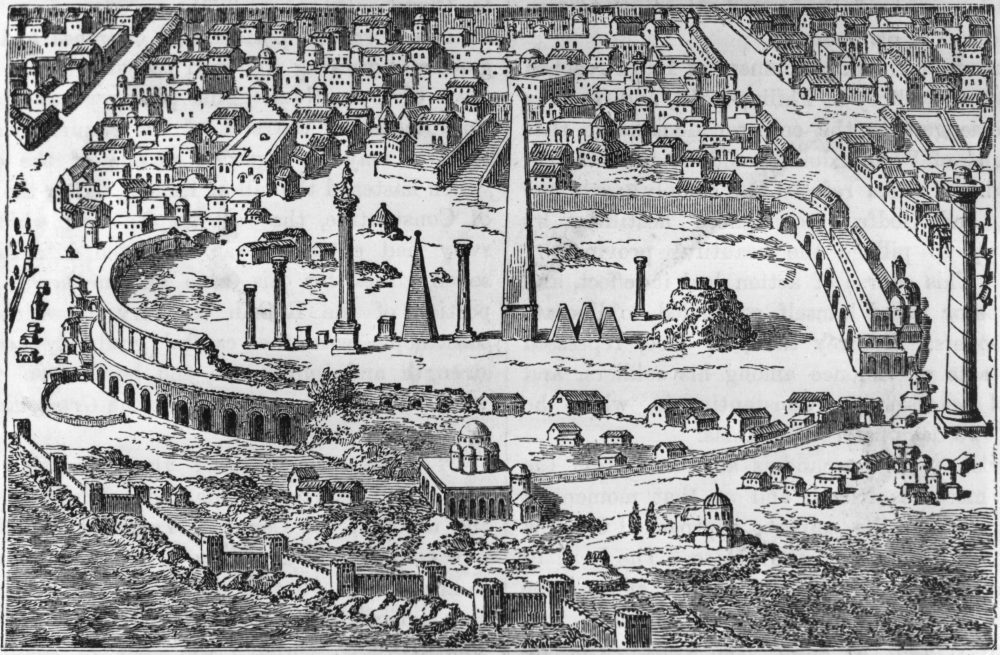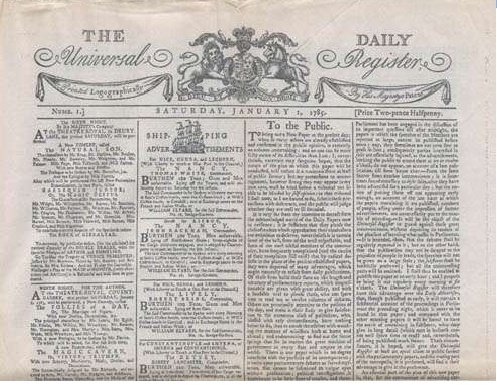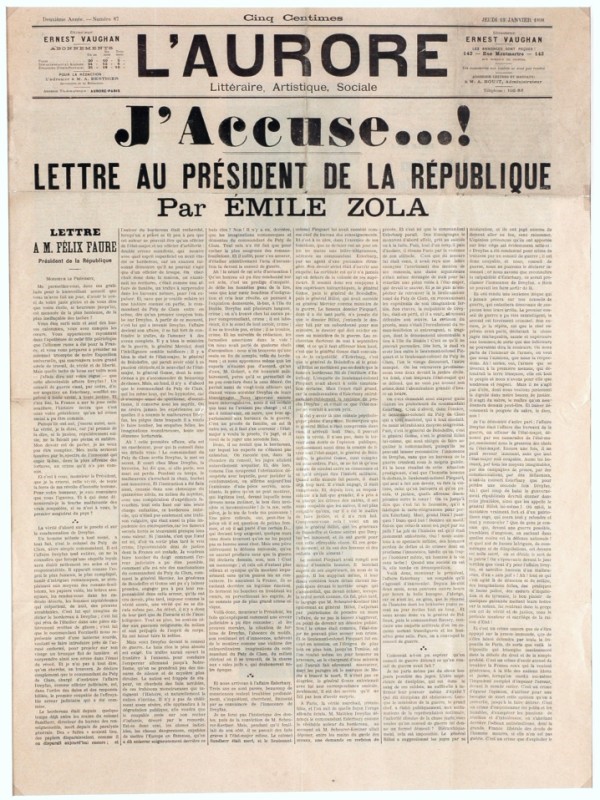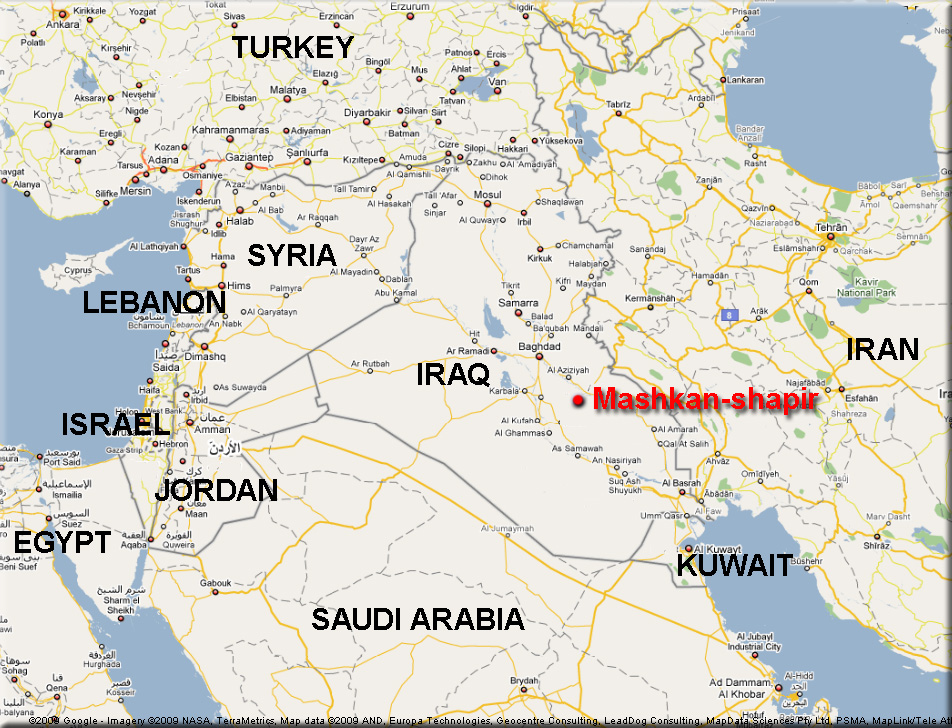532 In Constantinople the Nika riots began against Emperor Justinian I. The riots grew out of a chariot races in the Hippodrome. The emperor always appeared at the races, and the crowd would shout questions, demands, requests at him between races. This shouting became organised into factions, wearing distinctive colours and supporting horses in the same livery. They were the most violent riots in the city’s history, with nearly half of Constantinople being burned or destroyed and tens of thousands of people killed. Justinian was ready to scarper but his wife, Theodora, convinced him to man up. We have been there and seen that. The obelisks remain.

1128 Pope Honorius II gave papal sanction to the military order known as the Knights Templar, declaring it to be an army of God. Full name: Poor Fellow-Soldiers of Christ and of the Temple of Solomon. The Templars built forts and posts along the route of the crusades and sold goods and services, including protection to crusaders and pilgrims. It became one of the first international corporations and began lending money to kings, who were unaccustomed to paying back loans and that led to conflict.

1785 John Walter published first issue of “The Times” of London. He started printing books written by others and notices, brochures, pamphlets, and screeds, and decided to cobble together his own in the the Daily Universal Register which he later renamed The Times. Read it many times when it was a newspaper.

1898 French writer Emile Zola published “J’accuse.” He alleged an extensive perversion of justice and subsequent cover-up in the trial of Captain Alfred Dreyfus. Zola was at the height of his renown and he took a considerable chance in this publication. He was attacked in the street, sued, and evicted and went into voluntary exile in London for a time. However, he was right in every detail in a world where facts counted.

1989 The ruins of Mashkan-shapir (occupied 2050-1720 BC) were found in Iraq about 140 kilometres south of Baghdad. It was a Babylonian city from the time of Hammurabi who had the code of laws carved on the walls for all to see. The site is nearly unique because it was not built over in subsequent years nor was it scavenged for building materials and so much remains in situ as it was left. However in the aftermath of the Gulf War it was virtually destroyed by looters.

Skip to content
